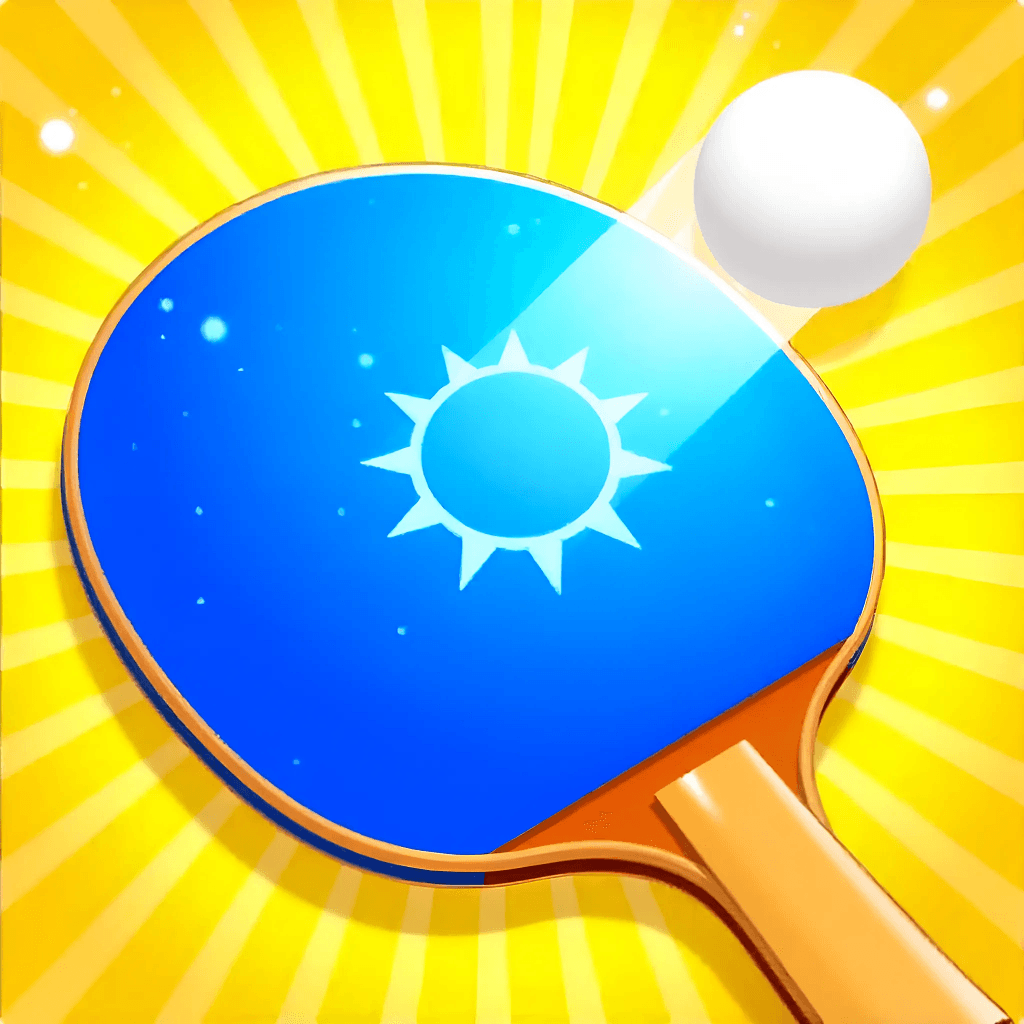

Staying focused at work can be a challenge in today’s fast-paced and distraction-filled world. Let’s explore this topic in more detail with Ping Pong Go below to uncover science-backed strategies that can help boost your productivity and maintain laser-like focus throughout your workday. Whether you’re an office worker, freelancer, middle manager, or remote employee in a creative or technology field, these tips will help you overcome common obstacles to concentration and achieve peak performance.
Before diving into practical strategies for improving focus, it’s essential to understand the science behind concentration and productivity. Our brains are not designed for prolonged periods of intense focus, and the modern workplace often demands more from our cognitive abilities than ever before.
The prefrontal cortex, the part of our brain responsible for executive functions like decision-making and attention, has limited resources. When we engage in focused work, we deplete these resources over time, leading to mental fatigue and decreased productivity. This phenomenon, known as “attention residue,” explains why it becomes increasingly difficult to concentrate as the day progresses.
Moreover, our brains are wired to seek novelty and respond to environmental stimuli, which can make it challenging to ignore distractions and maintain focus on a single task. The constant influx of notifications, emails, and other interruptions in the modern workplace exacerbates this problem, leading to frequent task-switching and reduced overall productivity.
Understanding these cognitive limitations is crucial for developing effective strategies to enhance focus and productivity. By working with our brain’s natural tendencies rather than against them, we can create an environment and adopt habits that support sustained attention and optimal performance.
Read more: 10 Morning Habits That Will Boost Your Productivity at Work
The physical environment in which we work plays a significant role in our ability to focus and maintain productivity. By optimizing your workspace, you can minimize distractions and create a setting that promotes concentration and efficiency.
A cluttered workspace can be a major source of distraction and mental clutter. Take the time to organize your desk and surrounding area, removing unnecessary items and creating a clean, streamlined environment. Studies have shown that a tidy workspace can increase productivity by reducing visual distractions and allowing your mind to focus more easily on the task at hand.
Implement a system for organizing your physical and digital files, ensuring that you can quickly locate the information you need without wasting time searching through piles of documents or cluttered computer folders. This not only saves time but also reduces stress and mental fatigue associated with disorganization.
The quality of lighting in your workspace can significantly impact your focus and productivity. Natural light is ideal, as it has been shown to improve mood, alertness, and cognitive performance. If possible, position your desk near a window to take advantage of natural light throughout the day.
When natural light is not available or insufficient, invest in high-quality artificial lighting that mimics natural daylight. Avoid harsh fluorescent lights, which can cause eye strain and headaches, and opt for adjustable LED lighting that allows you to customize the brightness and color temperature to suit your needs.
Temperature also plays a crucial role in maintaining focus. Research suggests that the optimal temperature for productivity is between 70-77°F (21-25°C). Ensure that your workspace is well-ventilated and adjust the temperature as needed to maintain a comfortable environment that promotes alertness and concentration.
Noise can be a significant source of distraction, especially in open-plan offices or shared workspaces. While some ambient noise can be beneficial for creativity and productivity, excessive or unpredictable sounds can disrupt focus and increase stress levels.
Consider using noise-canceling headphones to block out unwanted sounds and create a more controlled auditory environment. You can also use white noise or nature sounds to mask disruptive noises and create a more soothing atmosphere conducive to concentration.
If possible, designate quiet zones in your workplace where employees can retreat for focused work without interruptions. This can be particularly beneficial for tasks that require deep concentration or complex problem-solving.
Efficient time management is crucial for maintaining focus and productivity throughout the workday. By adopting proven techniques and tools, you can optimize your workflow and make the most of your cognitive resources.
The Pomodoro Technique is a time management method developed by Francesco Cirillo in the late 1980s. It involves breaking work into focused 25-minute intervals (called “Pomodoros”), followed by short 5-minute breaks. After completing four Pomodoros, you take a longer break of 15-30 minutes.
This technique leverages the brain’s natural attention span and helps prevent burnout by incorporating regular breaks. It also creates a sense of urgency and motivation by setting clear, achievable goals for each work session. Many productivity apps and tools are available to help you implement the Pomodoro Technique in your daily workflow.
Named after President Dwight D. Eisenhower, the Eisenhower Matrix is a prioritization tool that helps you categorize tasks based on their urgency and importance. This method involves dividing your tasks into four quadrants:
1. Urgent and Important: Tasks that require immediate attention and have significant consequences.
2. Important but Not Urgent: Tasks that contribute to long-term goals and should be scheduled.
3. Urgent but Not Important: Tasks that can be delegated or minimized.
4. Neither Urgent nor Important: Tasks that can be eliminated or reconsidered.
By using this matrix to prioritize your tasks, you can focus on what truly matters and avoid wasting time on low-value activities. This approach helps you maintain focus on high-priority tasks and reduces the stress associated with feeling overwhelmed by a long to-do list.
Read more: Weekly Reviews: The Underrated Habit That Keeps You on Track
David Allen’s Getting Things Done (GTD) system is a comprehensive approach to personal productivity that emphasizes capturing, clarifying, organizing, and reviewing tasks and commitments. The core principle of GTD is to get everything out of your mind and into a trusted system, freeing up mental resources for focused work.
The GTD process involves five steps:
1. Capture: Collect all tasks, ideas, and commitments in a central location.
2. Clarify: Process each item and determine the next action required.
3. Organize: Categorize tasks and place them in appropriate lists or folders.
4. Reflect: Regularly review and update your system to ensure it remains current.
5. Engage: Take action on your tasks based on context, time available, and energy levels.
By implementing the GTD system, you can reduce mental clutter, improve focus, and ensure that important tasks don’t fall through the cracks. Many digital tools and apps are available to help you implement GTD principles in your workflow.
While technology can sometimes be a source of distraction, it can also be a powerful ally in improving focus and productivity when used intentionally. By leveraging the right tools and apps, you can streamline your workflow, minimize distractions, and optimize your cognitive performance.
Digital task management and project planning tools can help you organize your work, set priorities, and collaborate effectively with team members. Popular options include:
1. Trello: A visual project management tool that uses boards, lists, and cards to organize tasks and workflows.
2. Asana: A comprehensive project management platform that allows for task assignment, progress tracking, and team collaboration.
3. Todoist: A simple yet powerful to-do list app that helps you capture, organize, and prioritize tasks across multiple devices.
4. Microsoft To Do: A streamlined task management app that integrates seamlessly with other Microsoft productivity tools.
These tools can help you maintain a clear overview of your tasks and commitments, reducing mental clutter and allowing you to focus on the most important work at hand.